My Sharona

Hi, The Investor’s Podcast Network Community!
Okay, take your guesses now, how much do you think a co-songwriter for a hit song from over four decades ago still makes from it each year? 🎸
I think you’ll be surprised. Read to the end of our main story to find out.
🎶 Today, we’re discussing the economics behind one-hit wonders, and more, in just 4 minutes to read.
Get smarter about valuing businesses in just a few minutes each week.
Get the weekly email that makes understanding intrinsic value
easy and enjoyable, for free.
Real estate investing, made simple.
17% historical returns*
Minimums as low as $5k.
EquityMultiple helps investors easily diversify beyond stocks and bonds, and build wealth through streamlined CRE investing.
*Past performance doesn’t guarantee future results. Visit equitymultiple.com for full disclosures
WHAT ELSE WE’RE INTO
📺 WATCH: How to stop AI from going rogue
👂 LISTEN: The Greyscale Bitcoin Trust’s discount to NAV explained and the campaign for trustholders to get their bitcoin back
📖 READ: New York City is home to the highest concentration of millionaires in the world
My Sharona
Ever wondered just how much money one-hit-wonders make? You might be surprised.
The Economics of Everyday Things podcast explored this topic with the late ’70s song: My Sharona.
If that doesn’t ring any bells, you can listen to it here.
The new wave rock song by The Knack stood out in an era of disco dominance. Berton Averre and Doug Fieger spent about an hour writing the song, hoping it would be perfect for playing at the end of shows, amping the audience up for an encore.
Little did they know, though, that hour of songwriting would be one of the most financially productive periods of their lives. More on that to come.
Setting the stage
Averre explains that The Knack was “kind of a local sensation” until one night when “Springsteen got up and jammed with us.” Record companies took note, and they soon signed with Capital Records, receiving an advance for about $100,000 to record an album.
Of course, there are strings attached: all sales go to the record album until the advance is paid off. As Averre says, “in an era where people were spending $400,000 to make their albums, we spent…$17,500.”
That thrifty approach minimizing the amount of their advance spent required the band to spend very little time in a studio actually recording. He adds, “Most of what we did in the studio were one takes.”
At this time, when you accepted a record company’s money, that typically meant sacrificing the rights to your music. In what was a generous offer for a new band, The Knack got about 13% of all album sales, with the rest going to the record company.
Music economics
But when you publish a song, there are lots of revenue streams. Their album sold two million copies in its first year, which meant My Sharona was all over the radio, too. And that means performance royalties.
That is, royalties for whenever a recording is played publicly, whether on the radio or at the store. But the dynamic is different here.
Rather than the entire band earning these royalties, performance royalties went only to Doug Fieger and Berton Averre, because they were the ones credited with writing it and owned its copyright as a composition (the lyrics, rhythm, chords, etc.)
Michael Closter, head of the music publisher Reach Music has represented both Fieger and Averre. He adds, “Being the songwriter is really key to your financial success. It kicks off numerous amounts of other royalty streams that really have nothing to do with the record company.”
As the songwriters, Averre and Fieger get an extra cut of record sales (compared to other band members), too, for owning the copyright — known as “mechanical royalties.” Averre says his first mechanicals check was for $90,000.
Said differently, that payment came from the hour those two spent writing the song, not the hour spent recording it for an album, which the record label owned majority rights to.
Rekindling a hit
Interestingly, another revenue stream emerged soon after: licensing. A college student had the idea to record a My Sharona parody, which he sent to Dr. Demento, who played novelty songs on a nationally syndicated radio show. That college student would carve out his own fame, becoming known later as “Weird Al” Yankovic.
Whenever the parody was played or sold, Fieger and Averre received royalties. A few years later, Run-DMC sampled the My Sharona for the song “It’s Tricky.”
Normally, sampling doesn’t move the needle much, but for My Sharona, it was a big deal. After several subsequent album flops, it seemed like the band (The Knack) had flamed out, until 1994, when the movie Reality Bites, a comedy directed by Ben Stiller, sampled My Sharona.
These are called synchronization royalties, stemming from when music is licensed for use in films, TV, ads, or video games. And it’s a free market; songwriters can negotiate licensing fees directly — Averre says they made about $60,000 for licensing to that film alone.
And the movie pushed My Sharona back onto Billboard’s Hot 100 chart again after 15 years, sparking more sales, royalties, and licensing deals. Averre estimates that My Sharona has been licensed to films and commercials around 50 times now.
Final thoughts
More recently, a new revenue source has emerged: streaming royalties. Platforms like Spotify and Apple Music send them statements breaking down “very minuscule…mico-penny rate(s)” for each song, but with “such volume it really adds up,” according to Closter.
43 years after he co-wrote the hit song, Averre says he earns “easily over $100,000 a year” but less than $300,000 in earnings from My Sharona. Not too shabby.
Dive deeper
Listen to the full podcast episode here for more.
SEE YOU NEXT TIME!
Enjoy reading this newsletter? Forward it to a friend.











